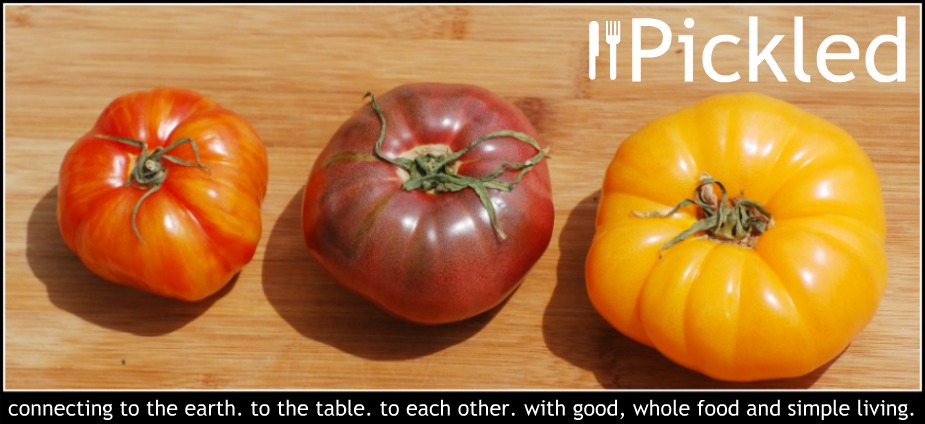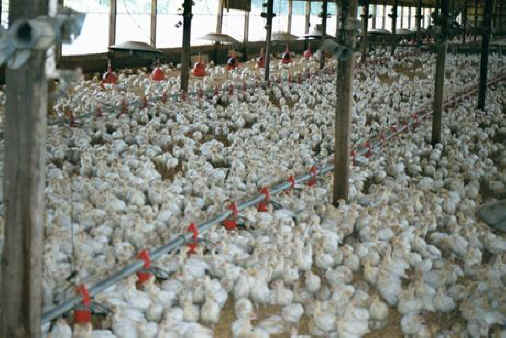So, I’ll start this post off with a confession.
I practically have no self-control when it comes to eating really delicious popcorn.
And it’s because of this:
My husband and I were making a late night grocery run the other night, for which I don’t get fancied up for. ...Yes, I am one of those people you see in their PJs in Safeway at 11PM. I slid on a pair of snow boots, threw on a hoodie and wore a black pair of workout pants I had been bumming around the house in all day. On the way out the door my husband noticed these white powdered hand print marks on my rear end. With an intense stare and a proud smurk, he instantly said, “HA! I know what that’s from!” I was intrigued because I had no idea… He continues “It’s smoked gouda cheesy popcorn fingers; you must have wiped your hands on your ass!”
Still puzzled… I thought, how is that so? I usually do a thorough job of licking all of this smoked gouda goodness off every single digit. Then another thought bubble appeared… Hmm, that must have been when he was coming home and I was quickly and conspicuously trying not to get caught in the act of inhaling half a bag of popcorn by myself (though he knows better, so who am I kidding). He was totally right.
I’ve never really been a big popcorn kind of person. But this smoked gouda is addictive. Seriously, I think I eat without blinking or breathing. Just shoveling …and probably with both hands as evidenced by the trace marks on my booty.
I know, I know… I am not professing to be a role model here and I realize cheese addictions are feeding my opiate receptors etc. etc., so I figured instead of talking about “balance” and “moderation” I would share 5 different ways to make a tasty, homemade popcorn snack. We’ll have a group psychotherapy session in a later post. How’s that?
As a rule of thumb, I prefer to make my own snacks and desserts from scratch; this keeps me from buying junk and it ensures if I really want it, then I'll take the time to make it. Also, I like knowing what ingredients I am eating, especially when it comes to fats and oils which are often cheap, rancid, flavorless and hydrogenated. Yuck, yuck, yuck and yuck. I want high quality here and making this at home allows us to do just that. Plus, buying popcorn from the bulk bin is inexpensive and making it is super easy. It's also pretty cool and immediately gratifying to see the little kernels burst into fluffy white clusters right before your eyes. I don't care how old you are... this is magical.
Here are 5 different ways to spice up homemade popcorn with a basic recipe below. Try any one of these blends or be inspired to spice up your own batch!
- Spicy Mix
- Butter
- Sea salt
- Cayenne Pepper
- White Pepper
- Black Pepper
- Salty Sea Popcorn
· Butter
· Ground kelp or nori seaweed
· Sea salt (use less)
- Keeping it Light
- Olive oil (a flavorful finishing oil)
- Sea salt
- Nutritional Yeast
- For the Italian Inside
- Olive oil (a flavorful finishing oil)
- Asiago
- Parmesan
- Romano
- Ground garlic powder/granules
- Gouda and Sweet Smoked Paprika (Full recipe below)
- Butter
- Gouda cheese
- Sea Salt
- Sweet Smoked Paprika
 |
| 1/2 cup popcorn kernels |
***The finer the cheese is grated the better. For soften cheeses, freezing it first may make it more manageable, but it isn't absolutely necessary.
______________________________________________________
___________________________
Why microwave or buy popcorn in the bag when you have fresh, homemade popcorn at your finger tips in just a matter of minutes? You can purchase kernels in the bulk bins of your natural foods store for around $1 per pound and then season it exactly to your taste. Popcorn making is also great for kids to join in on the fun and watch those beautiful golden kernels burst into life right before your eyes.
___________________________
Preparation time: 5-10 minutes
Serves 2-4 people
2-3 tablespoons safflower oil (high heat oil)
½ cup popcorn kernels
3-4 tablespoons butter
½ teaspoon sea salt
1 teaspoon sweet smoked paprika
4 tablespoon finely grated gouda cheese
Heat a large skillet with 2-inch sides or a large pot over medium heat. Add oil and then add a few of the kernels to determine when the temperature is right. Once the first one pops, go ahead and add the rest of the kernels. Cover with a lid and remove from the heat for about 30 seconds. This allows all of the kernels to get coated in the oil and helps the popcorn to pop more evenly. Place the pan back over the heat with the lid on and wait for the popping sound to begin. Shake the pan gently and remove from the heat once you hear about 2-3 seconds between pops.
Pour popcorn into a large bowl. Place pan back over the heat and melt the butter. Add the salt and paprika to the butter and stir. Pour this mixture over the bowl of popcorn while simultaneously tossing to coat the popcorn evenly. Add the fresh grated cheese to the butter-spiced hot popcorn so it will stick.
Taste and feel free to add more seasonings to your liking.
Copyright 2011, S. Nester, Original recipe














